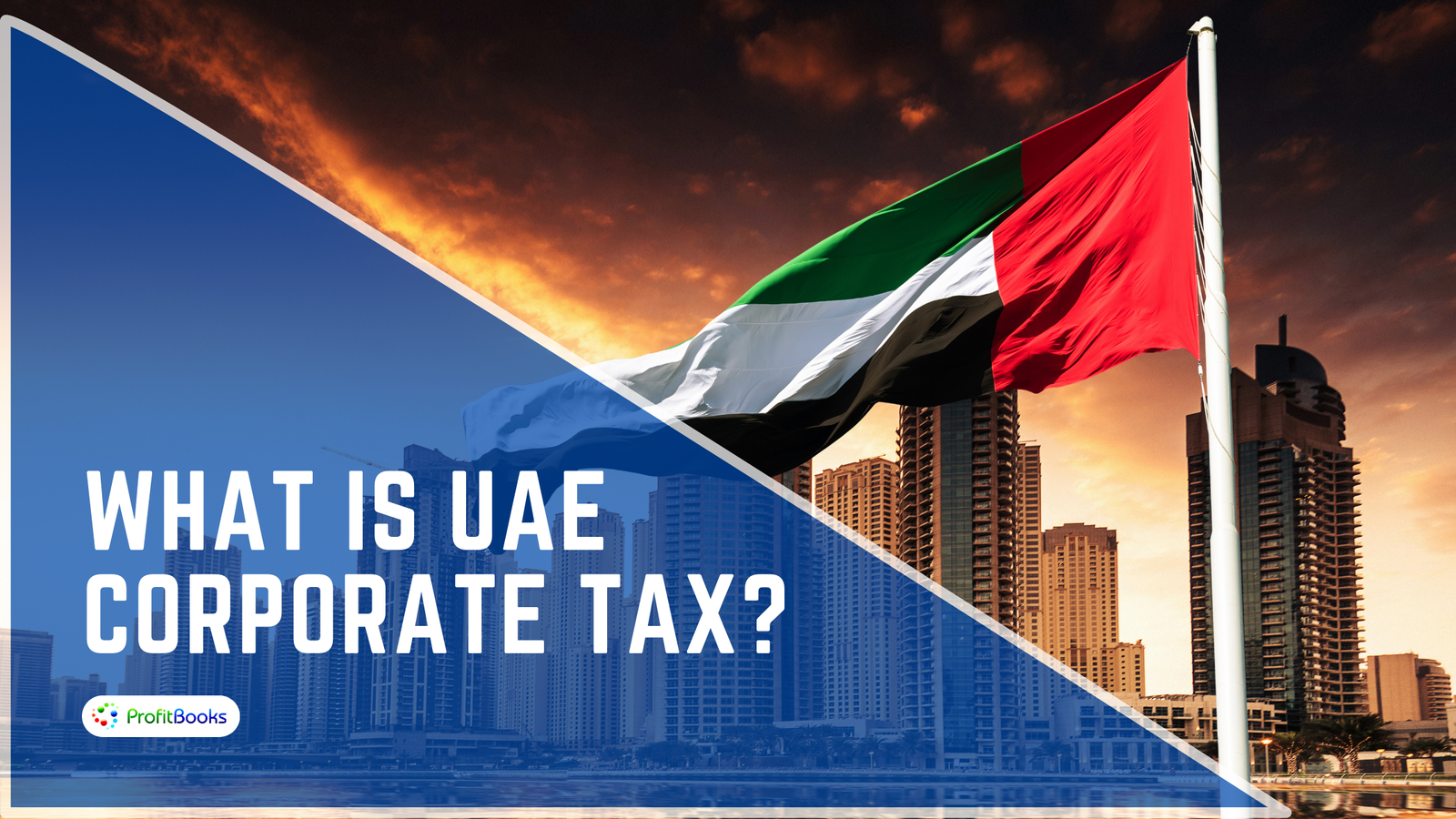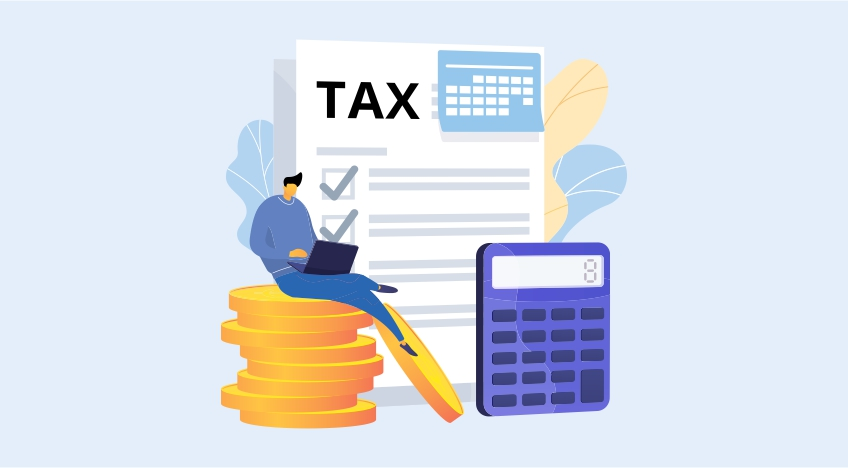Now Reading: UAE Real Estate: 7 New Corporate Tax Loopholes Explained Clearly
-
01
UAE Real Estate: 7 New Corporate Tax Loopholes Explained Clearly
UAE Real Estate: 7 New Corporate Tax Loopholes Explained Clearly

Table of Contents
Corporate Tax : The UAE’s real estate market in 2025, with AED 893 billion ($243 billion) in 2024 transactions and 7-11% rental yields, remains a global investment hub for American and international investors in freehold areas like Dubai Marina, Saadiyat Island, and Al Marjan Island.
The 9% corporate tax, effective June 2023 under Federal Decree-Law No. 47 of 2022, and the 15% Domestic Minimum Top-up Tax (DMTT) for multinationals with revenues over €750 million (AED 3 billion) starting January 2025, have introduced compliance challenges.
However, recent clarifications and regulations, including Cabinet Decision No. 34 of 2025, offer strategic opportunities—often referred to as “loopholes”—to minimize tax liabilities legally.
Below are seven new corporate tax strategies for real estate investors, explained clearly, ensuring compliance with Federal Tax Authority (FTA) regulations while maximizing returns in a tax-free personal income environment.
1. Qualifying Investment Fund (QIF) Exemption for Real Estate Funds

What It Is: Property funds meeting Qualifying Investment Fund (QIF) criteria under Cabinet Decision No. 34 of 2025 can be exempt from 9% corporate tax if they maintain diverse ownership (no single investor holding over 10% of assets, except government entities) and real estate assets stay below 10% of the fund’s total portfolio.
How It Works: A QIF managing AED 50 million ($13.6 million) in Dubai South properties, with less than 10% in real estate, avoids AED 4.5 million in tax on AED 5 million profits.
Why It Matters: This encourages diversified funds, preserving 7-9% yields.
Risks: Breaching the 10% real estate threshold or ownership rules triggers tax on the non-compliant investor’s share, requiring careful portfolio monitoring.
Action: Structure funds to diversify assets and ensure compliance with FTA’s QIF conditions, using external audits.
2. REIT Tax Exemption with Adjusted Ownership

What It Is: Real Estate Investment Trusts (REITs) are exempt from corporate tax if they distribute 80% of income and meet diversification rules, per FTA clarifications in May 2025. If a single investor breaches ownership limits, only their income share is taxed, not the entire REIT.
How It Works: A REIT selling AED 10 million ($2.72 million) in Yas Island properties avoids AED 900,000 in tax, provided it meets FTA criteria (regulated, widely held).
Why It Matters: Protects 7-8% tax-free yields for investors, especially in high-demand areas like Al Marjan Island.
Risks: Non-compliant REITs face 9% tax on profits, requiring governance adjustments.
Action: Review REIT ownership and distribution policies with FTA-accredited advisors to maintain exemptions.
3. Tax-Transparent Limited Partnerships
What It Is: Qualifying Limited Partnerships (QLPs) under Cabinet Decision No. 34 of 2025 are treated as tax-transparent, taxing income at the partner level, not the partnership.
How It Works: A QLP owning AED 5 million ($1.36 million) in Ajman Corniche rentals allocates income to partners, avoiding entity-level 9 tax (AED 450,000 savings on AED 5 million). If partners are individuals, income may be tax-free if unlicensed.
Why It Matters: Simplifies tax for smaller funds, boosting 8-10% yields.
Risks: Partnerships must lack legal personality and have transparent agreements, or they risk entity-level taxation.
Action: Draft QLP agreements ensuring tax transparency and file partner-level income with FTA.
4. Strategic Timing of Dividend Distributions
What It Is: Foreign investors can delay corporate tax registration by timing dividend payments from property entities, per FTA guidelines, reducing compliance costs.
How It Works: A U.S.-owned SPV in DMCC holding AED 3 million ($816,000) in Al Reem Island rental income can defer tax registration by withholding dividends until after the financial year, avoiding immediate 9% tax (AED 270,000).
Why It Matters: Preserves liquidity for reinvestment, supporting 7-9% returns.
Risks: Mismanaged timing may trigger DMTT for MNEs or FTA penalties up to AED 10,000 for late registration.
Action: Plan dividend schedules with tax advisors to optimize registration timelines.
5. Free Zone Nexus for Property Income

What It Is: Foreign entities earning UAE property income without a Permanent Establishment (PE) can avoid corporate tax by structuring through free zone entities, per Ministerial Decision No. 83/2023.
How It Works: A Cayman SPV leasing a AED 4 million ($1.09 million) Dubai Marina property remotely avoids AED 360,000 in tax, as no UAE PE exists.
Why It Matters: Enhances 10-15% appreciation for offshore investors in high-growth zones.
Risks: Local activities (e.g., management) may create a PE, triggering 9% tax.
Action: Limit UAE operations and document offshore management to maintain tax-free status.
6. Loss Carry-Forward for Development Projects
What It Is: Corporate tax allows losses from real estate projects to be carried forward indefinitely to offset future profits, per UAE tax regulations.
How It Works: A developer with a AED 2 million ($545,000) loss on a Dubai South project can offset AED 2 million in future Al Marjan Island profits, saving AED 180,000 in tax.
Why It Matters: Supports long-term projects with 6-8% yields by reducing tax on eventual gains.
Risks: Losses are disallowed if not documented or tied to non-deductible expenses, requiring seven-year records.
Action: Maintain detailed loss records and align with FTA-approved accounting standards.
7. Deduction of Pre-Incorporation Costs
What It Is: Pre-incorporation expenses, like feasibility studies or legal fees for property acquisition, are deductible over five years if business-related, per FTA rules.
How It Works: A company incurring AED 500,000 ($136,000) in pre-incorporation costs for a Saadiyat Island project deducts AED 100,000 annually, saving AED 9,000 per year in tax.
Why It Matters: Lowers taxable income for new ventures, boosting 7-9% returns.
Risks: Non-business expenses (e.g., personal consulting) are non-deductible, risking FTA audits.
Action: Document costs as business-related and amortize over five years in FTA filings.
Why These Strategies Appeal to American Investors
These loopholes leverage UAE’s 7-11% yields, surpassing global markets like New York (4.2%). Freehold ownership, no personal income tax, and visa programs (2-year Investor Visa for AED 750,000, Golden Visa for AED 2 million) drive demand, with 45% of Dubai’s 2025 buyers being foreign.
Proximity to Dubai International Airport (20-45 minutes) and U.S.-UAE double taxation agreements add value. These strategies align with OECD standards, ensuring global compliance.
Market Outlook and Challenges
The UAE projects 5-8% price growth in 2025, with freehold zones like Al Marjan Island at 10-15%. The DMTT’s 15% rate for MNEs and AML compliance increase costs. A potential 10-15% correction in 2026 due to oversupply (41,000 Dubai units) requires caution.
Non-compliance risks FTA penalties up to AED 10,000, emphasizing the need for RERA-registered agents and FTA-accredited consultants to navigate filing deadlines (September 30, 2025, for calendar-year entities).
Conclusion
QIF exemptions, REIT adjustments, tax-transparent partnerships, timed dividends, free zone nexus, loss carry-forwards, and pre-incorporation deductions are seven new corporate tax strategies for UAE real estate in 2025. These approaches minimize 9% tax liabilities, maximize 7-11% ROI, and align with American investor goals.
Expert guidance ensures compliance and long-term wealth creation in Dubai, Abu Dhabi, and Ras Al Khaimah’s dynamic market. Corporate Tax
read more: UAE Property: 8 Mistakes Investors Make in Tax Declarations





















